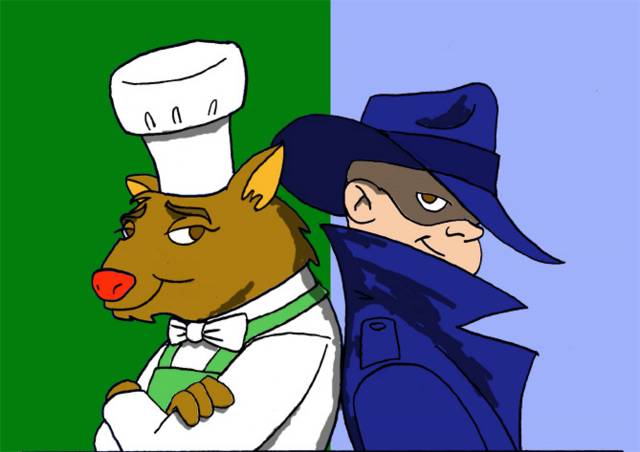When Doctors Talk of Poohsticks, Gollum, Pundit Birds and Meeting Madness
The British Medical Journal, usually a staid research publication (albeit a standard reference in medicine), does something a little different with the issues published round Christmas time. Research articles published at this time invoke the soul of wit and levity. Sort of like April Fool's Day arriving four months early.
This year, four articles pop up to catch the eye of the educated layman. (Sorry, but I can't guarantee that the article hyperlinks I'm posting will stay free of charge after the holidays are over.)
First, there's the attempt by retire doctor Robert Knight to demonstrate a theory of strokes. The theory he describes is that emboli (blood clots) released into the carotid artery at the same point, but at different times, may congregate at the same destination. How does he demonstrate his theory? By playing "Poohsticks." Using pine cones to represent blood clots, and a stream below Pooh Bridge in Ashdown Park to represent the artery, they ... well, you can read the article yourself.
Next, a group of student psychiatrists diagnose a particularly difficult patient. Whom do they analyze? Gollum, from The Lord of the Rings. And if you think their diagnosis is clever, check out the various responses from other physicians and students.
Then there's the satiric field guide to experts. We've all seen them 'round the Web, except that we call them "pundits" out here. They've even gotten so far as to give the science of "expert watching" a name: artifexology. Holiday game: see if you can match the "expert" bird description with a well-known pundit. (There's one, for example, that's a nice fit for Tucker Carlson.)
Finally, there's Canadian doctor Daniel Goldbloom's essay on "meeting mania." This is actually an update of a New England Journal of Medicine article by Dr. Abraham Bergman. Anyone who's ever worked in an office environment will appreciate the points made here, particularly with the advent of new technology such as Palm Pilots, e-mail, cellphones, etc.
It's nice to know that even the stuffy researchers such as those at the BMJ have a semblance of humour. It's a good way for physicians to connect with the rest of us.





<< Home